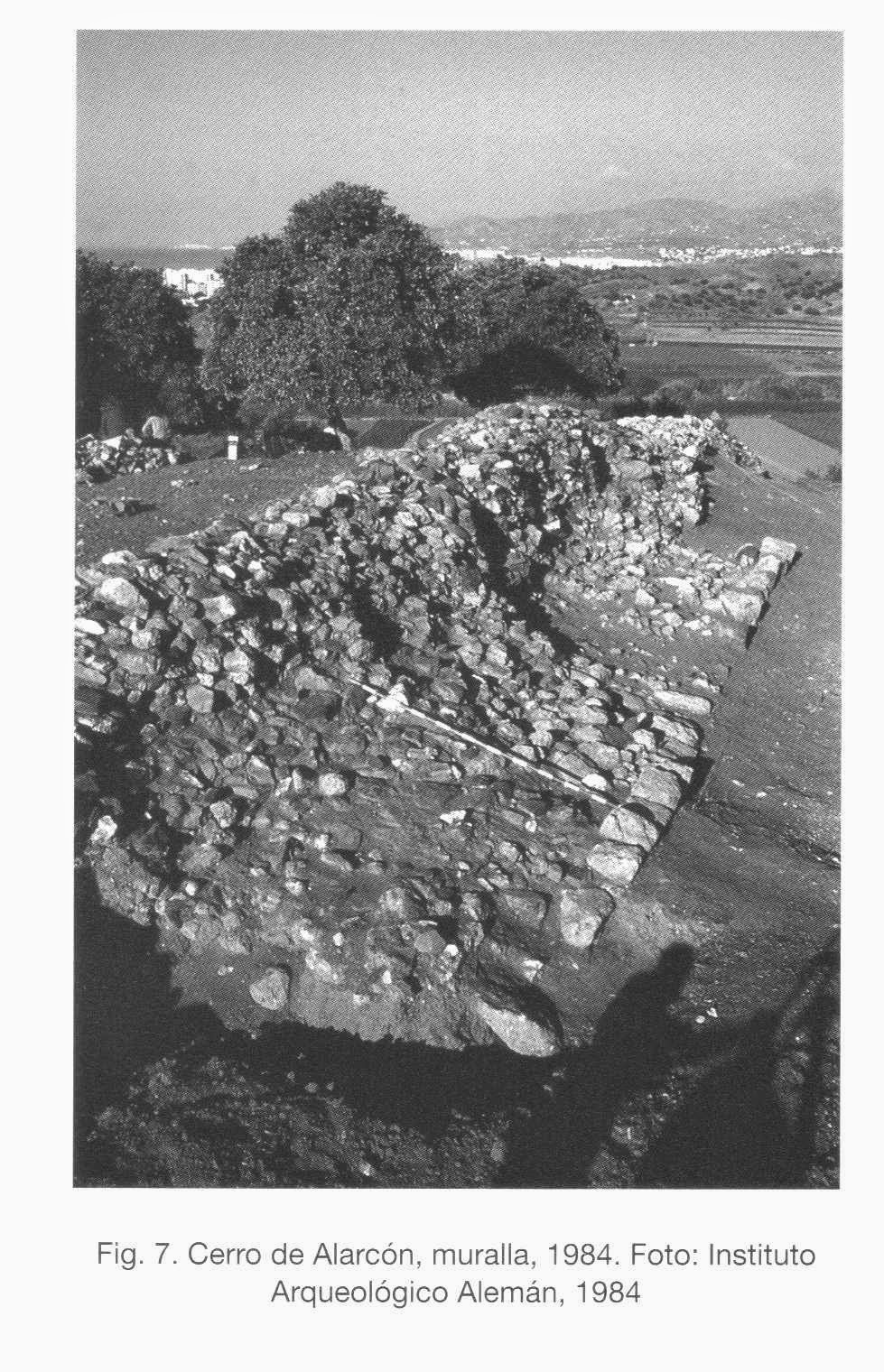For
almost a century there is no news from the eastern front.
Arwad
enjoys a long period of peace and wealth between 837 and 744 BC, despite a
brief visit of Adad-nirari III in 806/805 BC on the mainland. It is the lull
before the storm. Arwad uses this period to start making sanctuaries on the
mainland for the gods Rešep, Ešmun, Shadrape and Melqart. There is also a
peculiar god who has the form of half human and half fish. This god appears
also in Kerkouane and Ioppe in pictures. In other places (Hadrumetum, Tyrus,
Askalon and Cape Soloeis Carthage is
founded by Tyre Tunisia Babylon Mesopotamia is very important.
On this peaceful existence comes a cruel end
by Tiglat-pileser III of Assyria. The kings of this robber-state were not
satisfied with only the tributes and good trade-relations with the towns on the
seacoast of the Levant . They thought that
there was more to collect by going there permanently by themselves. And there
was more! In order to gain the supremacy over the whole known world the
possession of the Phoenician towns was a necessity and after that the aim was
to conquer Egypt
ncfps






.JPG)









































.jpg)






